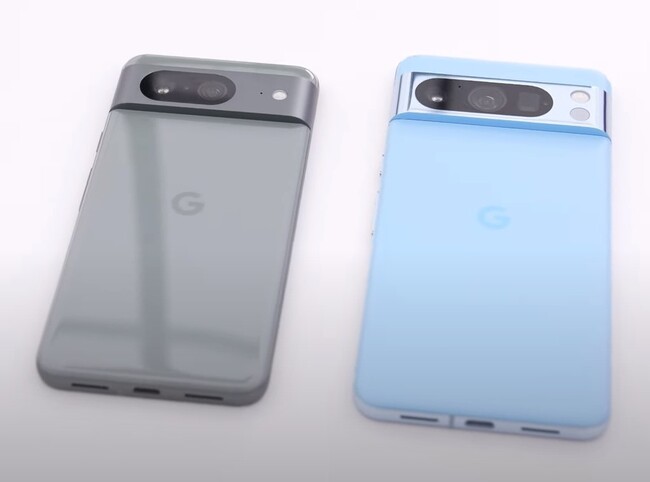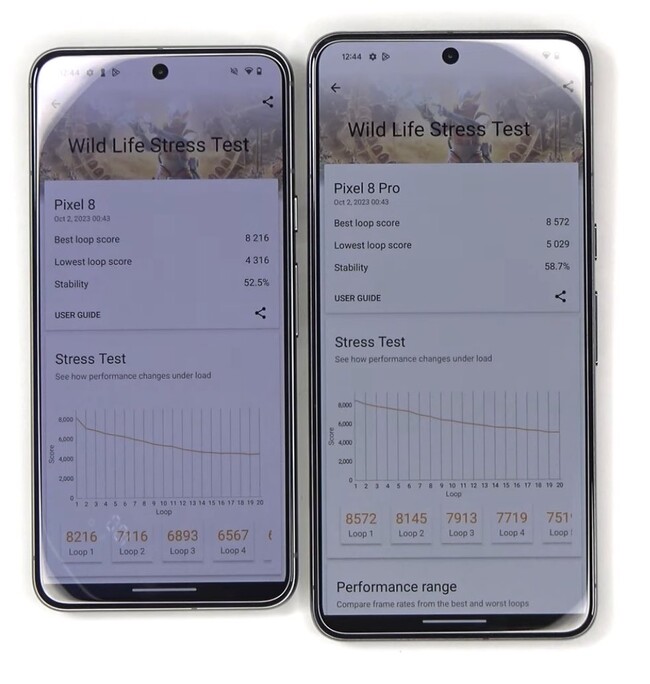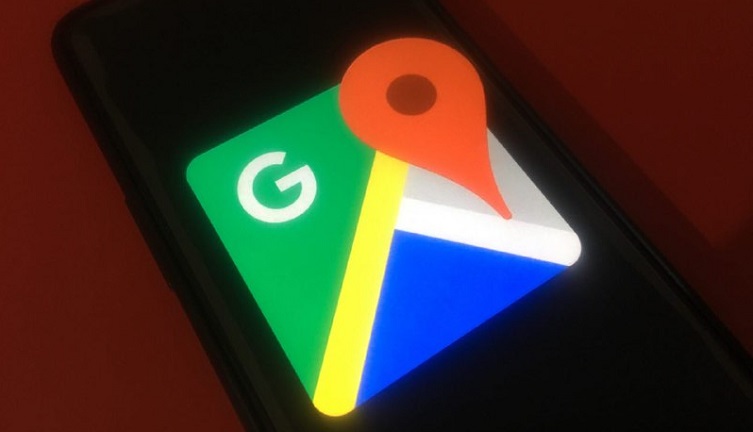After a lot of hype and leaks, the Pixel 8 series was launched with multiple improvements over its previous generation (Pixel 7 series). The Google Pixel 8 and Pixel 8 Pro seek to maintain what has made the series popular in recent years, while offering new features.
You may be a little lost as to what improvements each model brings. To make things easier for you, throughout this story you will find everything you need to know about the new Google flagship smartphones.
Everything about the new Google Pixel 8 and Pixel 8 Pro
For a while now, Google Pixel phones have been synonymous with great cameras, outstanding software support, and a clean Android experience (with some exclusive add-ons). In the new family members you will find all that, but at higher levels.
Display
The lineup comes with brighter OLED LTPO displays (up to 2.000 nits max on Vanilla model, up to 2.400 nits max on Pro model) where, interestingly, the Vanilla model display (6.2 inches) is 0.1 inches smaller compared to the one on the Pixel 7, while the new Pro model remains at 6.7 inches.
There is a small difference in resolution between the current and the previous Pro versions. While the 7 Pro supported 1,440 x 3,120px, the 8 Pro slightly reduces it to 1,344 x 2,992px, perhaps to try to control battery consumption while maintaining a sharp resolution.
Hardware
The Pixel 8 Pro receives another hardware boost by integrating 12 GB of RAM as standard (7 Pro started from 8 GB), while the vanilla model starts from 8 GB of RAM. The new Pixel lineup is powered by the Tensor G3 chipset, which promises to be more powerful and process AI tasks much faster.
Cameras
The camera section has always stood out in Pixel phones and here it will not be the exception. Both models now have a main ISOCELL GN2 sensor (ISOCELL GN1 on Pixel 7 series) assisted by OIS, but that’s where the sensor similarities end. The Pro model boasts a 48 MP ultra-wide sensor (FOV 126˚, macro-focus) and a 48 MP periscope sensor (5x optical zoom), in addition to a temperature sensor.
Meanwhile, the Vanilla model only adds a 12 MP ultra-wide sensor (FOV 126°, macro-focus). The two devices share the same 10.5 MP front camera (now with autofocus).
Batteries
Moving on to the battery, the Pixel 8 includes a good boost reaching 4.575 mAh (27W wired charging, 18W wireless charging), while the 8 Pro offers 5.050 mAh (30W wired charging, 23W wireless charging). Both also support reverse wireless charging.
What Google is bragging about their phones
AI processing more powerful than ever
Google is very proud of its new creations and has boasted about its capabilities, with faster machine learning (AI) processing being one of the most mentioned. The new Tensor G3 chipset integrates a TPU twice as powerful as the original Google Tensor TPU, which will enhance camera functions and smart features.
AI-derived features and temperature sensor (Pro)
The boosted AI processing allows for even faster responses from Google Assistant, as well as better and agile photo processing. Live Translate is another AI-powered feature whose performance will benefit from this. Also, the temperature sensor of the Pro model is promoted as a useful thermometer that you can always carry with you for when you need it.

Another of the most notable additions is the new AI-based photo editing capabilities that will offer automatic suggestions not only for filters, but even for face modifications (among other options). This takes editing capabilities on phones to the next level thanks to the company’s advances in image processing. Features like Video Boost and Night Sight Video also highlight for content creation.
Long-term security and support
Personal data security is another key section, with the Titan M2 dedicated security chip being in charge. But the biggest highlight could be the up to 7 years of software support that the series will receive, although the company has not specified how many of those updates will be big Android updates.
Pricing and availability
The vanilla Pixel 8 starts at $699, while the Pixel 8 Pro starts at $999. This represents an increase of $100 compared to the launch prices of the previous generation (Pixel 7 was $599, while the Pixel 7 Pro was $899). As a pre-order offer for the Google Pixel 8 Pro, the company is giving away the new Pixel Watch 2. Both models will be available for direct purchase starting October 12.
What the first reactions say
The ‘bright side’
Although it still seems a little early to draw conclusions about the devices, we already have some first impressions. Some influencers who have had the phones in their hands are praising the build quality and in-hand feeling, being comfortable (mainly the compact Vanilla model) thanks to the curved edges and good button distribution.

Also, the first tests with the cameras are being positive, highlighting that the main sensor seems to capture more light compared to the previous generation (probably thanks to its wider aperture). The software and performance experience also seems quite polished.
Concerns about potential legacy hardware-related issues
On the other hand, there are also users with negative impressions related to potential hardware issues inherited from previous models. One of the main initial fears is related to the efficiency and long-term performance stability of the Tensor G3 chipset, because it still uses Samsung’s manufacturing process, which has caused difficulties in recent years.
Sadly, in an early test (by PBKreviews on YouTube), the results do not seem to be the most encouraging. For instance, in the popular Wild Life Stress Test (from 3DMark benchmark) Pixel 8 got only 52.5% stability, while the Pixel 8 Pro does slightly better reaching 58.7%. This means that, at a certain point, the chipset needs to do severe thermal throttling (forced reduction of CPU and GPU frequency due to high temperature).

Another aspect that worries users is the modem integrated into the chipset, being the same Exynos 5300 as the Tensor G2. Since Pixel phones implemented Exynos modems, they have been facing constant network-related issues like signal drops, poor coverage or excessive battery drain by mobile network (even with the phone in idle). You can read more about that here.
So, for now, everything indicates that the new Google Pixel 8 and Pixel 8 Pro will give fans everything they usually love about the line. But, there is some concern regarding the hardware (mainly chipset and modem) that could continue to cause the signal and overheating issues that Tensor chips have suffered since their birth.
Featured Image: Google
PiunikaWeb started as purely an investigative tech journalism website with main focus on ‘breaking’ or ‘exclusive’ news. In no time, our stories got picked up by the likes of Forbes, Foxnews, Gizmodo, TechCrunch, Engadget, The Verge, Macrumors, and many others. Want to know more about us? Head here.



